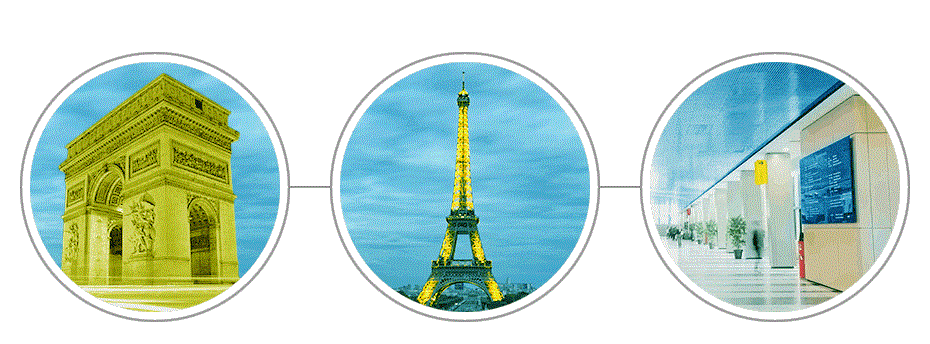We consider the competitive analysis of vertical integration between a platform and a manufacturer when platforms provide operating systems for the devices sold by manufacturers to customers, and, customers care about applications developed for the operating systems.
First, two-sided network effects make manufacturers more collaborators than competitors. As a result, when it brings efficiency gains, vertical integration benefits the non-integrated manufacturer and increases consumer surplus.
Second, with direct network effects on one side of the market or when developers bear a cost to make their applications available on a platform, manufacturers boost their demands by coordinating on the same platform. This creates some market power for the integrated firm. Vertical integration then leads to foreclosure and harms consumers.
Third, developer fee enables the integrated firm to harness indirect network effects by implementing an asymmetric price structure. Foreclosure may then arise, but is only the consequence of the integrated firm's ability to internalize asymmetric indirect network effects.



